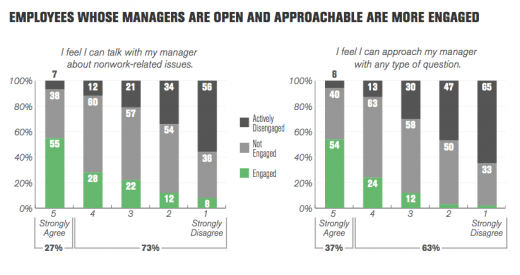5 Ridiculously Useful Non-Monetary Reward Examples that Improve Employee Engagement
— December 6, 2018
Money isn’t everything. No, really.
It can be tough for employers to hire and retain employees in today’s shifting marketplace, which is why many employers opt for spending top dollar to hire top talent.
But money isn’t the only thing that employees want. While financial motivation can attract certain talent to your organization, it can’t always keep it. In fact, non-monetary compensation is often a better way to attract employees and keep them satisfied in the long run.
Companies that incorporate non-monetary compensation strategies often see better revenue results, too.
Here’s what you need to know.
Does Non-Monetary Compensation Really Work?
Financial incentives have long been the accolade of choice for better employee motivation and engagement around the office.
While monetary rewards such as raises, bonuses, and special commissions have a track record of successfully improving the performance of the employees who receive them, they’re not the only reward that has been proven to see results.
Non-monetary rewards like praise and recognition can also bolster engagement levels.
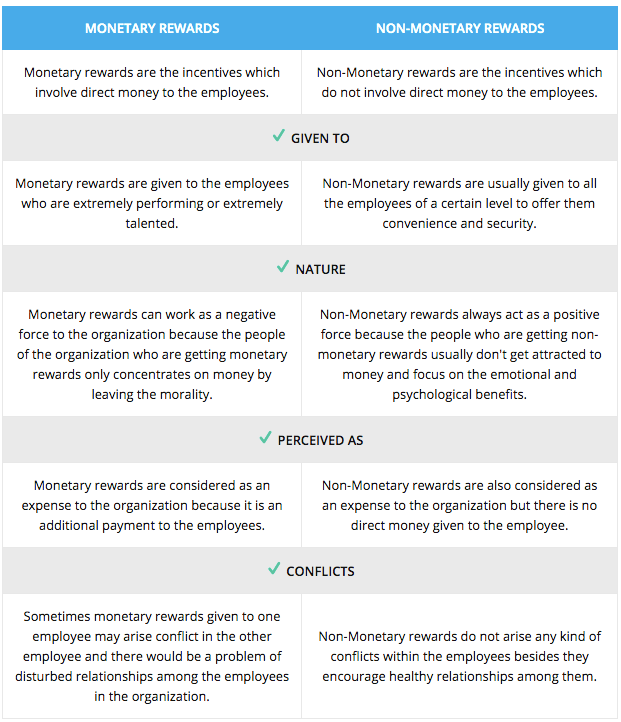
In fact, one ResearchGate study found that non-monetary compensation was a better motivator for long-term engagement than monetary rewards. They showed that money, while effective, only motivated “for a short period of time.”
When it comes to value for dollar, long-term engagement can significantly impact a company’s bottom line.
Research shows that unmotivated workers can cost companies up to $ 300 billion or more in lost productivity each year. Add to this the hidden costs for MSPs, and you have even more of a reason to ensure that employees stay happy in the long run.
For many disengaged workers, non-monetary motivations, such as a simple “thank you” can be as important as a tiny bonus.
Many employees are also happy to return the praise for companies that treat them well.
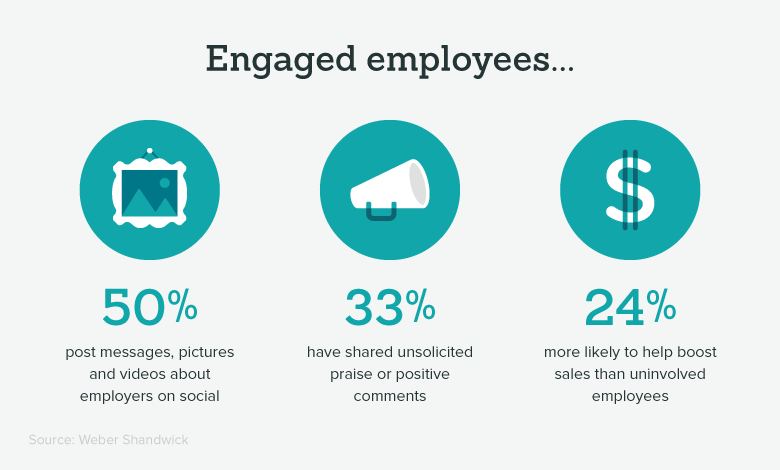
For employers looking to keep employees happy, it’s important to develop non-monetary motivational policies that recognize employee efforts effectively.
But which non-monetary employee incentives work the best? Here are a few of the top options.
1. Recognition and Praise
Overall, employees just want to be valued for their work, time, and effort.
In one client employee satisfaction survey, 55% percent of the respondents said that praise and attention from their supervisor would make them feel cared for and valued in the workplace.
While the survey also indicated that money, benefits, and events like company lunches ranked high for motivation, recognition from a supervisor or manager ranked the highest.
Other studies on non-monetary employee recognition have revealed similar results, showing that recognition is vital to the well-being of any work environment.
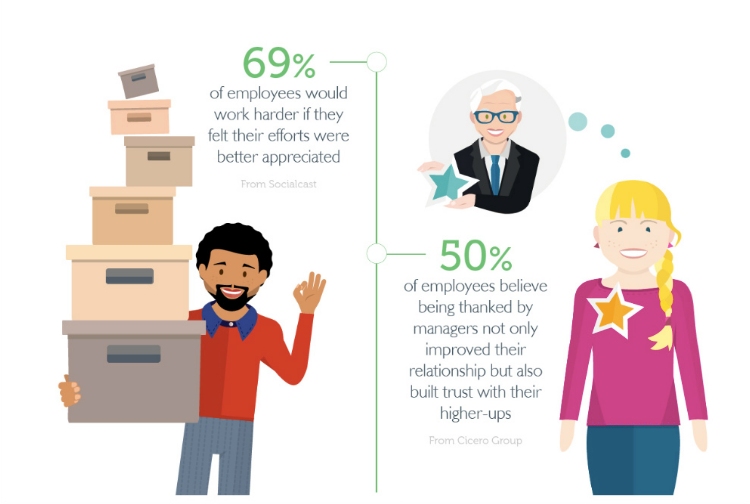
Companies with defined recognition programs also seem to fare better than those with inconsistent recognition practices.
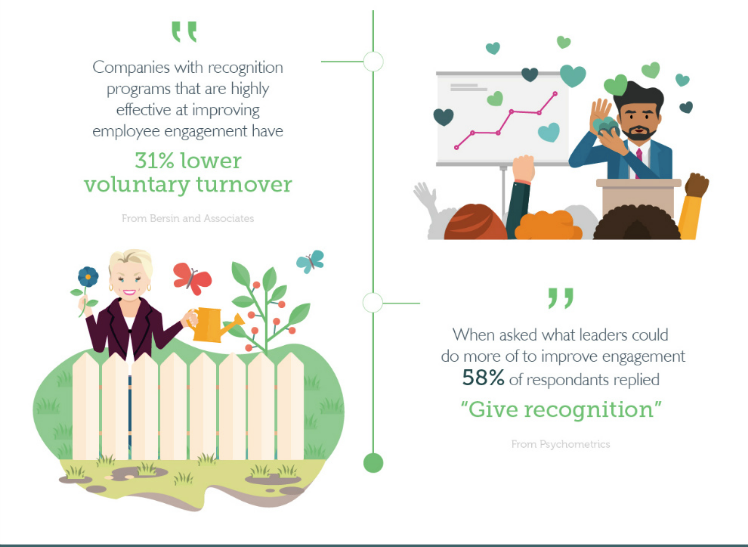
(Workstars infographic)
US Bank lists five steps for creating an effective employee recognition program:
- Establish a recognition team — Recruit employees who you have invested in and who want to promote engagement around the office.
- Identify positive behavior to reinforce — Recognition should come from positive behaviors that contribute to the company in some way.
- Set attainable goals for employees — Every employee should be able to achieve recognition and should understand the expectations of the program.
- Acknowledge employees often — A good recognition program will be consistent in how it rewards and praises employees. Sporadic recognition is not as effective as regular recognition.
- Tailor the program to your specific company — No two companies are exactly alike. Create a sustainable program that fits the personality and needs of your employees.
Having a consistent program in place enables employees to understand what’s expected of them and to respond accordingly. This, in turn, can improve employer savings.
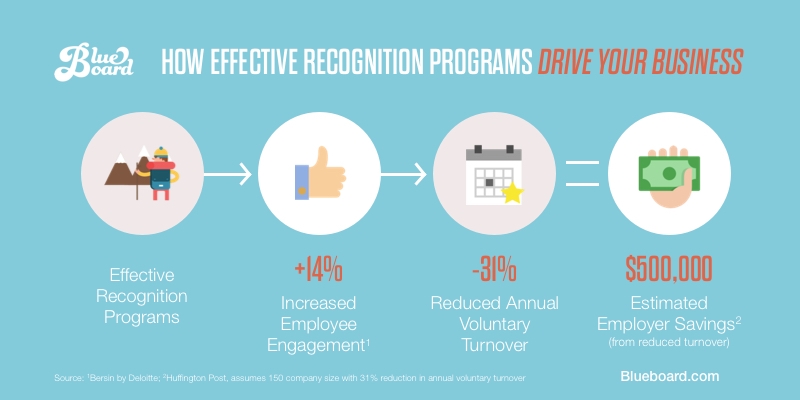
Some recognition efforts to consider include things like a quarterly award ceremony or a public announcement of praise when employees hit certain metrics or goals.
Written recognition, such as a personal thank-you note from management or a verbal recognition with a small gift or certificate, can reinforce positive employee behavior and help employees feel valued at their jobs.
2. Physical Rewards
Not all non-monetary rewards are free. “Non-monetary” simply means that the employee doesn’t directly receive money.
In some cases, a company can use an inexpensive physical reward like a ticket to a show, a gift card to a local restaurant, a mug, or other “swag” from the company in place of a more pricey bonus check or financial reward.

These non-monetary rewards give the employee something tangible that they can use over a period of time.
Unlike a check, which may go into someone’s bank account without them ever truly “seeing” it, physical rewards offer a more concrete reminder that they are doing well at their job.
The key to using a non-monetary employee incentive like this, however, is that all employees must be able to earn them. If only certain employees are eligible for said rewards, the positive effect may be lost.
But these rewards can still be merit-based rewards, which, according to studies, still rank high on the list of compensation that employees expect.
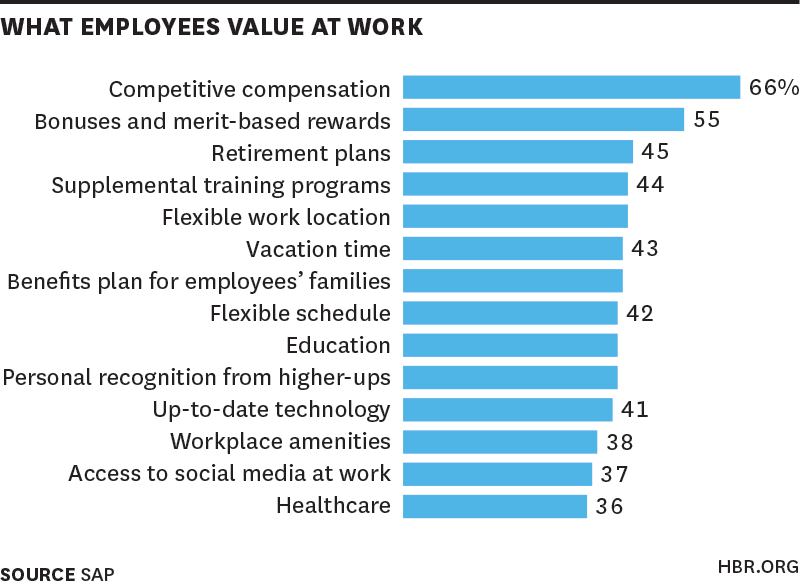
Employers should be specific about what behaviors or actions they reward and why they give certain physical rewards in place of others. If one employee earns a gift card for working extra hours, for instance, but another employee earns a mug, this may cause a lack of trust.
Inconsistent rewards can cause rewards to be less incentivizing over time.
It’s important to set a standard and criteria for the award and then give it to anyone who performs at that level or standard.
Alternatively, employers can use physical rewards as an occasional approach to show recognition. The caveat is that employees often require consistency to build trust.
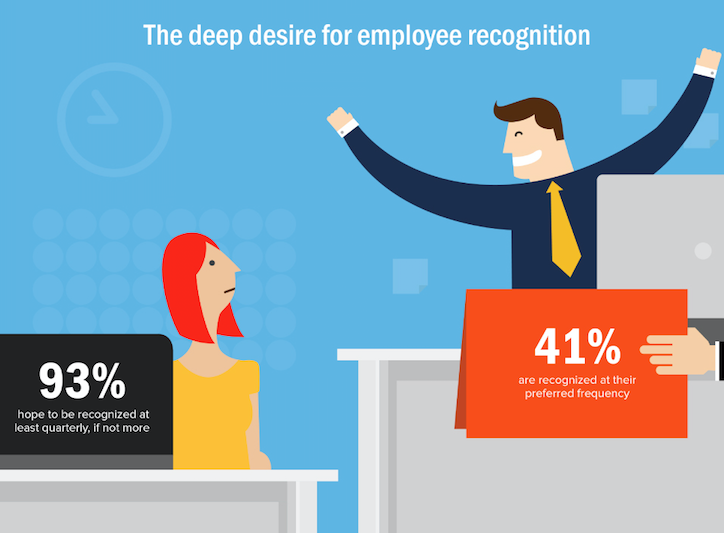
Companies should ideally give gifts as close to the performance of the actions or completed goal as possible. That way, the non-monetary reward reinforces the positive behavior.
While one-time gifts will still be appreciated — a surprise office pizza party, for example — it’s better for long-term engagement if there is a process in place which can regularly reward employees with physical, non-monetary items.
3. Growth or Learning Opportunities
Investing in an employee’s training and development can also improve engagement, benefit the company’s bottom line, and make the employee happy.
Even something like increased responsibility may indicate to the employee that their managers or supervisors feel that they are ready for a more significant role. The chance to lead teams or tasks, for example, can show that an employee is worth investing in.
In one employee engagement survey, 34% of those polled said that career and development opportunities would increase their loyalty.
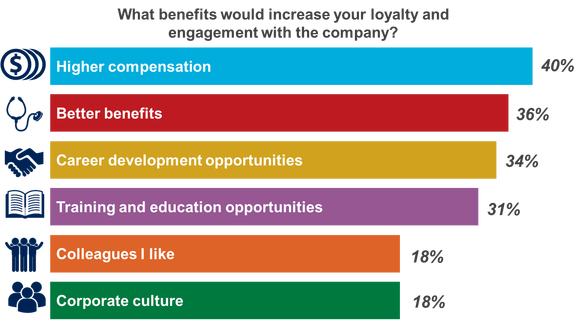
Learning and wanting to do better are two central tenets of Daniel Pink’s Drive. The best employees want to be better at their jobs, not cut corners or phone it in. So career development motivates them.
One of the reasons that career development works well for both the employee and the employer as a non-monetary reward is that the employee can utilize any skills learned to improve their career over the course of a lifetime.
That includes things attending conferences, improving transferable skills like writing or grammar, developing new techniques to better promote their work, or buying classes in different subjects with something like Lynda.
These might sound trite at first, but they’re not.
Consider the fact that simple grammar mistakes correlate with more promotions. Seriously. One study via ConversionXL found that people who made more grammar mistakes were less likely to get job promotions (only one to four over ten years, vs. six to nine). Good writing outperforms bad writing in more ways than one.
The best part is that these resources barely cost companies all that much in the grand scheme of things. Grammarly’s cost looks like a bargain at a few bucks each month.
In the earlier-mentioned study, ResearchGate also found that monetary rewards failed to work over the long term because financial compensation cannot improve the “job-relevant knowledge, skills and abilities (KSAs)” of employees.
While money can motivate an employee to work harder, it doesn’t necessarily improve results directly or contribute to an employee’s satisfaction the way training and development can.
One employee development survey found that 18% of employees said they would leave an organization if they were offered a better role somewhere else, and 17% said they would leave if their job had “unclear career advancement.”
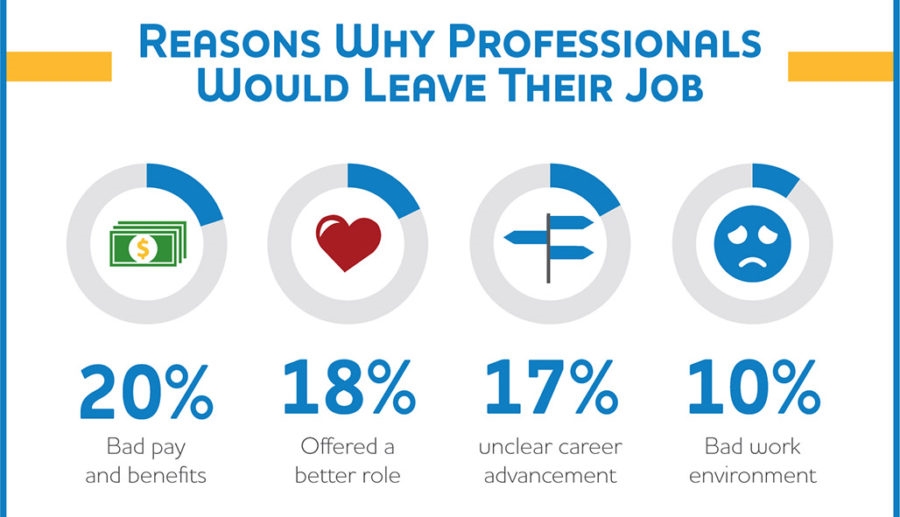
For employees with nowhere to go in the company (i.e. a lack of training and development or some form of advancement), this can mean higher rates of turnover, plus the loss of productivity and profit for the company.
Though some training and development programs can be costly in some cases, the benefits and retention (in addition to the recognition felt by employees) can provide better results overall.
According to The Balance, a training management resource site, two factors serve as the keys to the success of any employee training and development incentives:
- Employees should be allowed to pursue training and development in any direction they choose, not just training that is “company assigned” (though both may be needed).
- Company culture should support a wide range of learning incentives and not just teach knowledge relevant to a specific skill or job.
By creating a workplace that embraces learning, employees will be better engaged and feel rewarded, recognized, and high-performing all year long.
4. Flexibility and Work-Life Balance
Another motivating factor for many employees is anything that contributes to a healthier work-life balance.
This might include greater flexibility in when and where employees can work with incentives such as telecommuting options, flex vacation time, or technology that automates smaller tasks to free up an employee’s workday.
In one Mental Health America (MHA) survey, non-financial perks like flexible work arrangements or more open and relaxed office environments had a “considerable impact on employee engagement and job satisfaction” as well as stress levels.
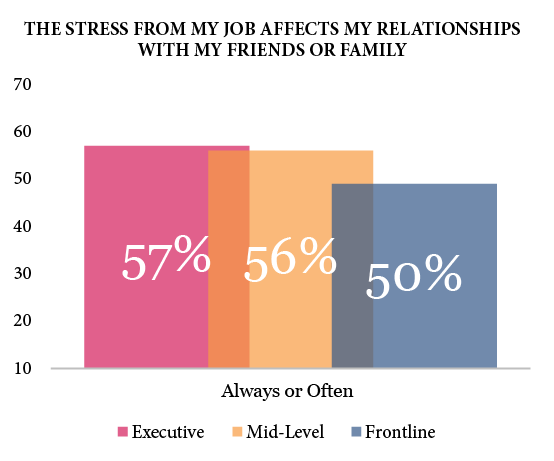
In that same study, 80% of respondents stated that workplace stress affected their personal relationships in some way, and 35% of employees missed work days during the month because of work-related stress.
Telecommuting opportunities, for example, can reduce some of this stress for employees. More so, it can cut costs for both employees and employers.
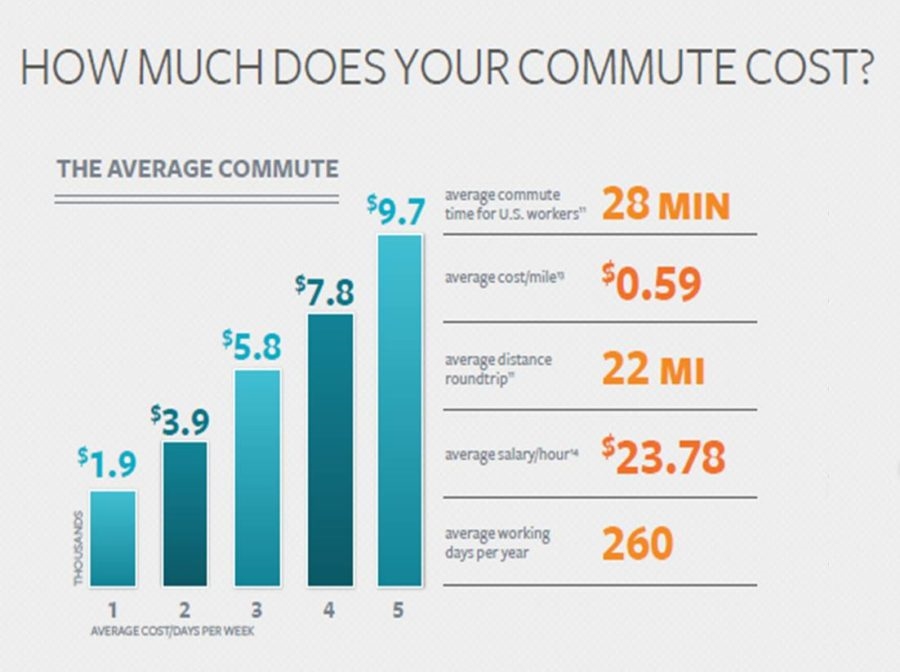
While it can be tricky for some offices or staff members to take advantage of telecommuting opportunities, depending on the role or company, there has been a significant increase in telecommuting job opportunities in the last few years.
According to Global Workplace Analytics, the number of telecommuting workers has increased 115% in the last ten years, and almost 3% of the total U.S. workforce is now remote.
If companies find it hard to create remote opportunities for employees, other non-monetary perks can keep employees happy and engaged.
Rewards such as a gym membership, wellness program, or PTO can help minimize workplace stress and contribute to a better work/life balance, keeping employees working at full productivity when they’re in the workplace or working from home.
5. One-On-One Time with Management
One of the best and most effective forms of non-monetary compensation is simply more time with management.
While it might seem strange that an employee would want to spend more time with the boss, having one-on-one time with supervisors, managers, or other leaders in the company can be an enticing offer for many employees looking to get ahead in the workplace.
One survey found that employees who had more time with managers or felt like they could approach managers at any time were more engaged than employees who ignored (or were ignored by) their managers.
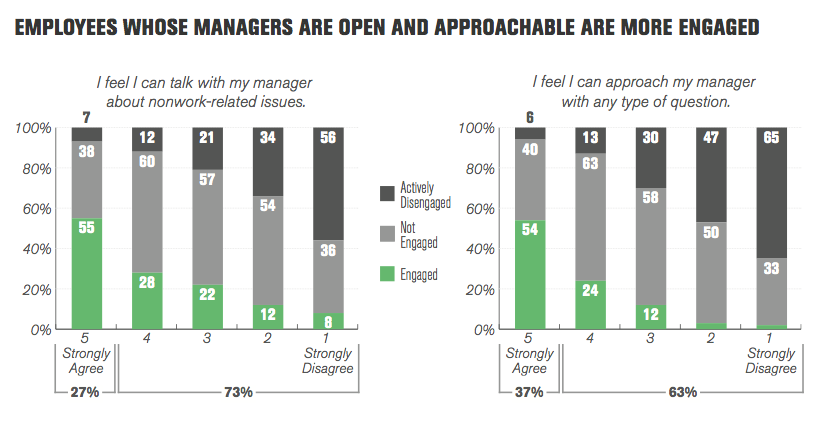
The caveat is that time spent with managers needs to be relevant in order for it to be successful as a non-monetary incentive.
This often means discussing an employee’s short-term and long-term goals as well as how management can better help them reach their objectives.
Employees who receive individual attention like this are also shown to be more loyal to companies, especially when they feel their goals are supported. This support is something that money can’t buy.
It can also be good for managers. Many managers or team leaders may become bogged down in tasks that are unrelated to their actual jobs. If a manager is being paid to manage people, it makes sense for them to spend their time with people.
This also helps the company grow and creates a culture of trust amongst teams.
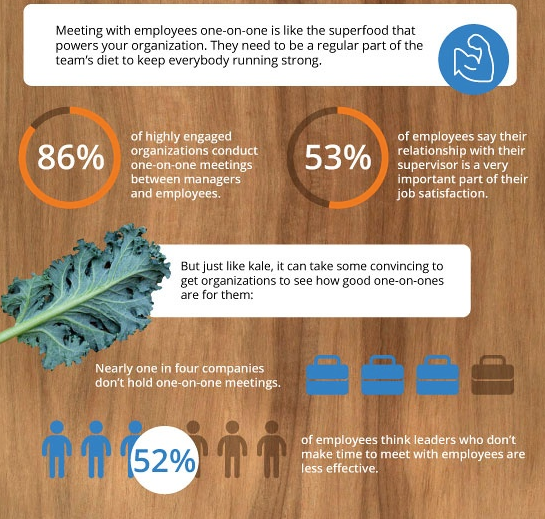
The goal with this type of monetary incentive is to create long-term relationships with employees that make them feel truly valued — something that even occasional praise and recognition can’t always do.
But over time, developing employee loyalty and improving performance with one-on-one meetings will not only encourage happiness and growth in the employee but also throughout the entire organization.
Conclusion
Money isn’t everything.
In fact, for long-term retention and engagement, non-monetary employee incentives can often work just as well.
But in order to gain those long-term benefits, companies must make an effort to:
- Set a clear, compelling direction for employees that create empowering opportunities.
- Engage in open and honest communication and allow for negative feedback.
- Maintain a focus on career growth and development and provide opportunities.
- Recognize and reward high performance when it occurs in addition to a recognition program.
- Provide employee benefits that demonstrate a strong commitment to employee well-being.
When all of those things are in motion, employees will be far more likely to produce, which means great things for any company.
Business & Finance Articles on Business 2 Community
(97)

